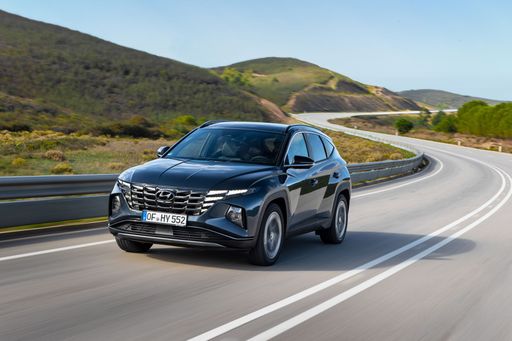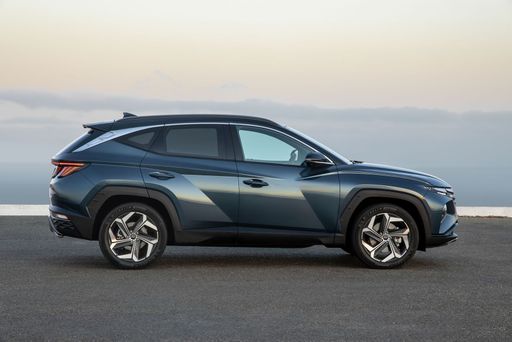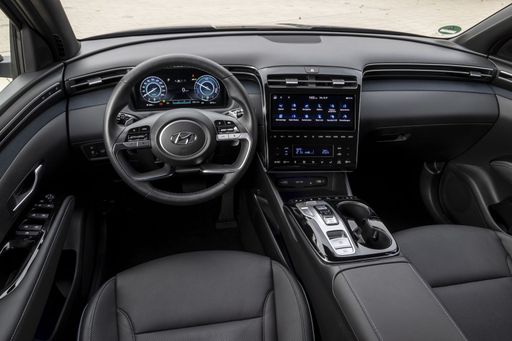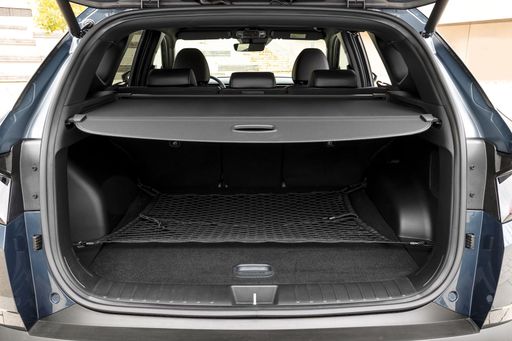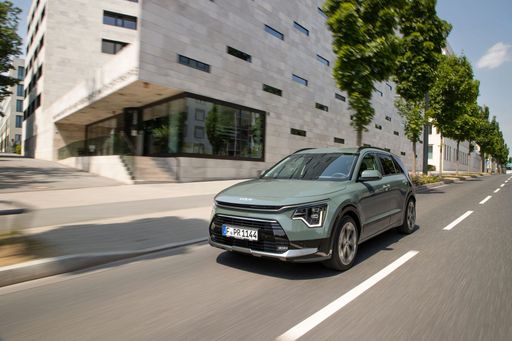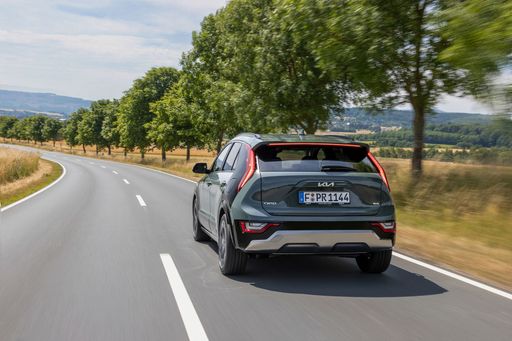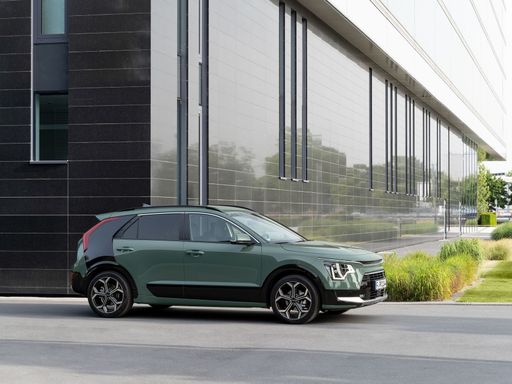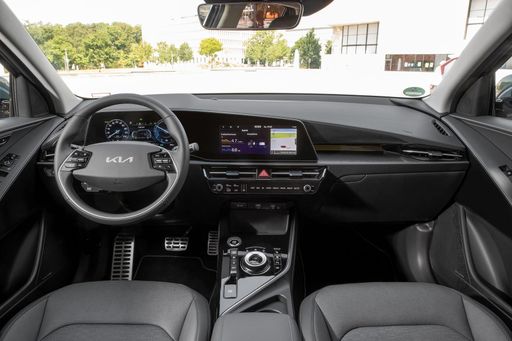The Battle of the Compact SUVs: Hyundai Tucson vs. Kia Niro
In the competitive world of compact SUVs, two South Korean automakers are making waves with their innovative models: the Hyundai Tucson and the Kia Niro. Both vehicles offer distinctive features and advanced technology, but they cater to slightly different audiences. Let’s dive into their technical aspects and innovations to determine which one might be the right fit for you.

